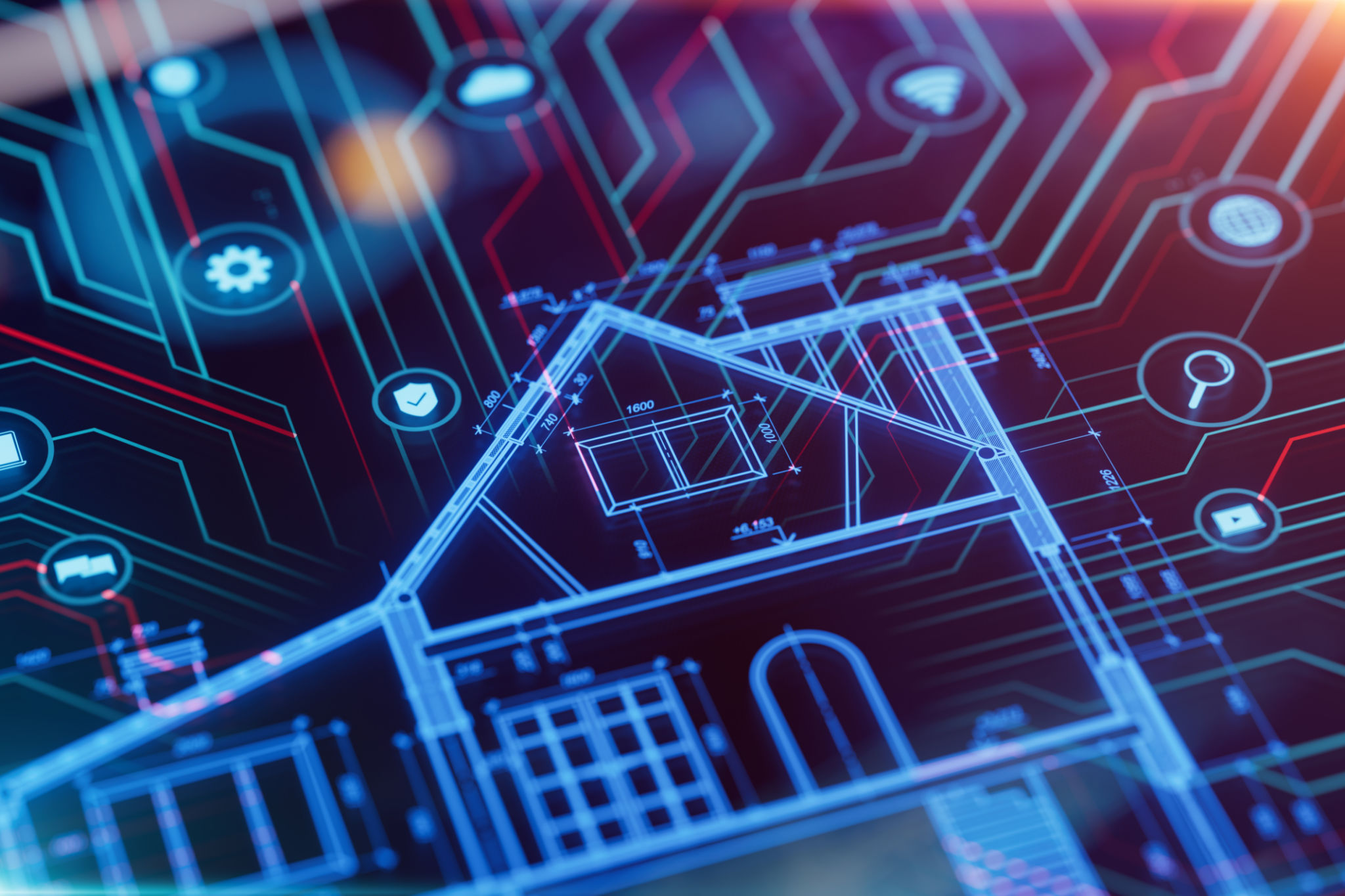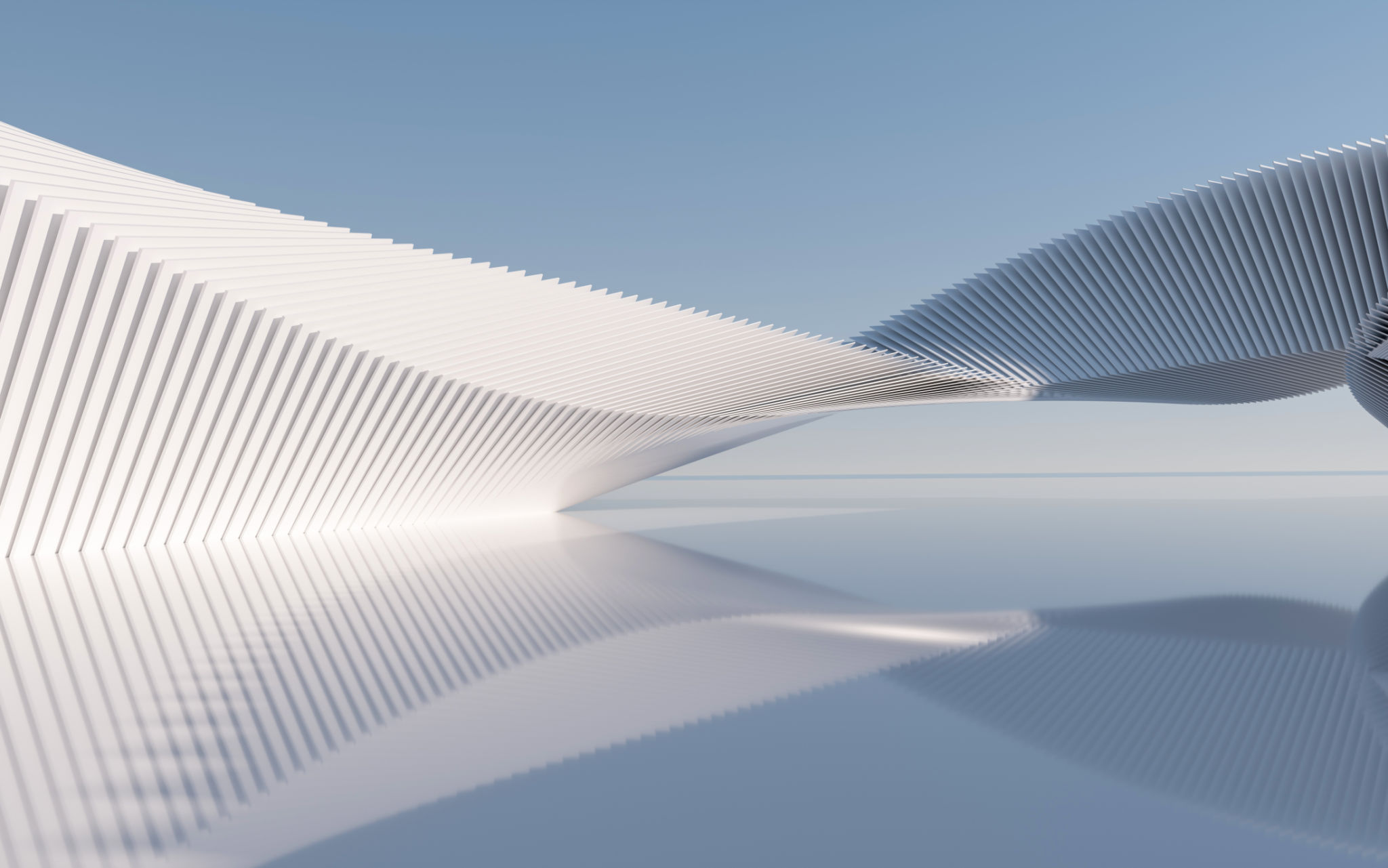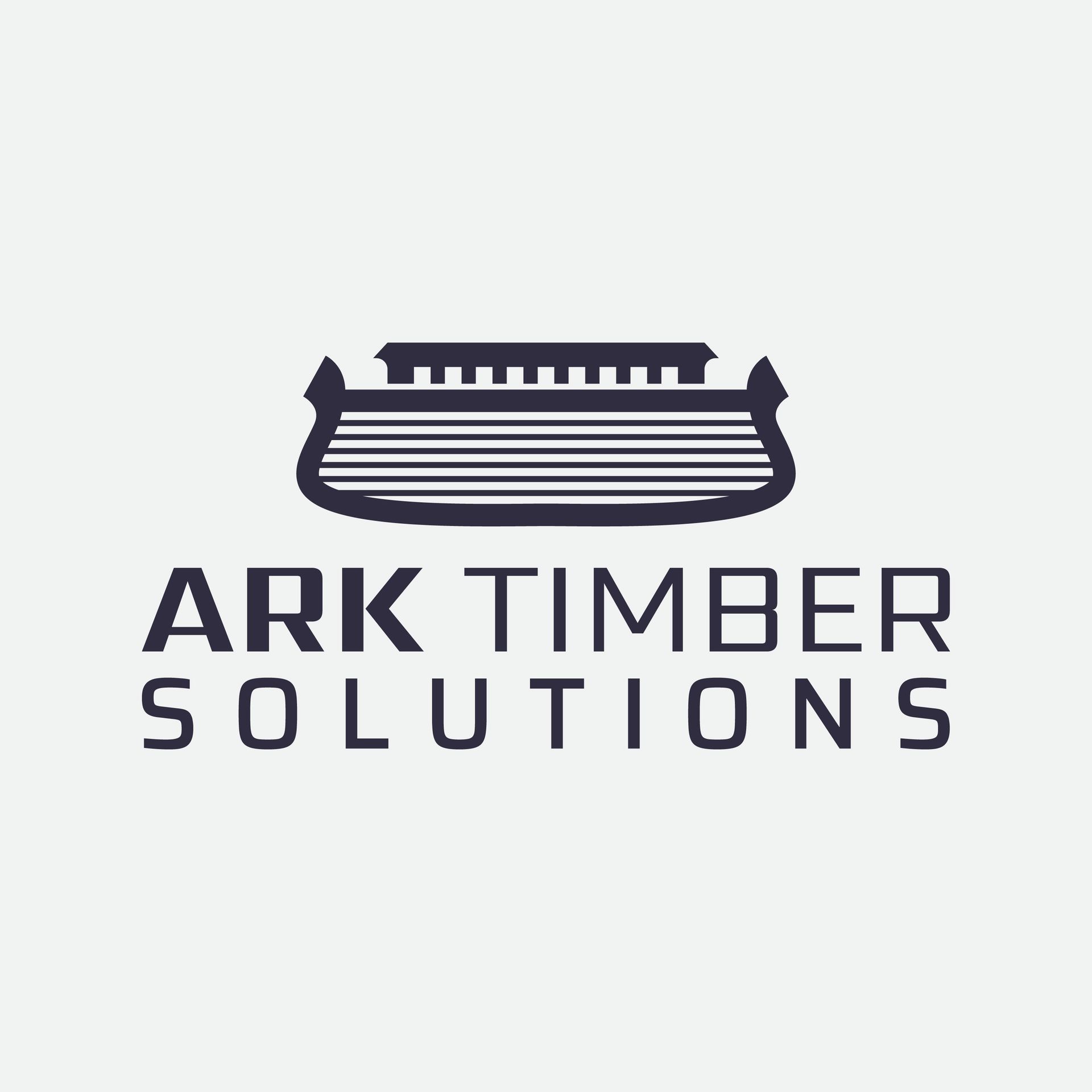Innovative Trends in Timber Frame Construction: What's Next?
Introduction to Timber Frame Construction
Timber frame construction has been a cornerstone of architectural design for centuries. Known for its strength, sustainability, and aesthetic appeal, this method of building has evolved significantly over time. Today, innovative trends are shaping the future of timber frame construction, promising exciting advancements in design and efficiency.

Emphasis on Sustainability
One of the most significant trends in timber frame construction is the growing emphasis on sustainability. As environmental concerns continue to rise, architects and builders are increasingly turning to timber as a renewable resource. Timber frame structures have a lower carbon footprint compared to steel or concrete buildings, and they contribute to healthier indoor air quality.
Moreover, the use of locally sourced timber reduces transportation emissions, further enhancing the eco-friendliness of these projects. Builders are also adopting advanced techniques such as cross-laminated timber (CLT) and glue-laminated timber (glulam) to enhance strength and durability while maintaining sustainability.
Integration of Smart Technology
The integration of smart technology into timber frame construction is another trend gaining momentum. Smart homes equipped with advanced technology for energy management, security, and automation are becoming more common. Timber structures are no exception to this evolution.
Modern timber frame homes can be outfitted with sensors and devices that monitor energy usage, optimize heating and cooling systems, and improve overall energy efficiency. This not only enhances the comfort and convenience for occupants but also supports sustainable living practices by reducing energy consumption.

Prefabrication and Modular Design
Prefabrication and modular design have revolutionized the construction industry, and timber frame construction is no exception. These methods allow for faster assembly and reduced on-site labor costs, making timber frame buildings more accessible and affordable.
Prefabricated timber components are manufactured in controlled environments, ensuring high precision and quality. This approach minimizes waste, speeds up the construction process, and reduces the environmental impact of building projects. As a result, prefabrication is becoming a popular choice among builders seeking efficiency without compromising quality.
Creative Architectural Designs
Architects are pushing the boundaries of design with timber frames, creating structures that are not only functional but also visually stunning. The flexibility of timber allows for unique shapes and intricate designs that would be challenging to achieve with other materials.
Timber frame buildings are now seen in urban settings where innovative designs blend seamlessly with modern aesthetics. The natural beauty of wood adds warmth and character to spaces, making it a favorite among architects who aim to create inviting environments.

The Future of Timber Frame Construction
As technology continues to advance and sustainability remains a priority, the future of timber frame construction looks promising. Innovations in materials, design techniques, and building processes will likely continue to shape this industry.
The increasing popularity of mass timber buildings, which use engineered wood products for multi-story structures, is an example of how timber is being embraced on a larger scale. These advancements demonstrate the potential for timber to be a key player in the construction industry for years to come.
In conclusion, the innovative trends in timber frame construction highlight a shift towards more sustainable, efficient, and aesthetically pleasing building practices. As these trends continue to evolve, timber frame construction will remain at the forefront of modern architecture.
